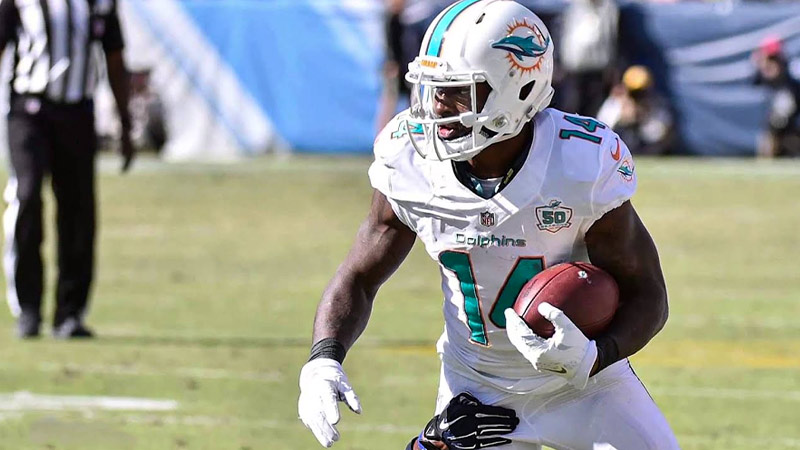Unlocking the strategic intricacies of American football unveils fascinating plays, and among them stands the Statue of Liberty, a deceptive gem in the playbook.
This tactical maneuver involves a quarterback’s artful fake pass, concealing the ball behind the iconic pose reminiscent of the Statue of Liberty.
As the defense reacts to the feigned throw, a running back covertly receives the handoff, exploiting the chaos for potential yardage gains.
The play’s historical roots, creative evolution, and its impact on offensive strategies contribute to its enduring allure.
This exploration delves into the roles, controversies, challenges, and the delicate balance coaches must strike when integrating this play into their game plans.
What Is Football Statue Of Liberty Play?
The Statue of Liberty play in American football is a deceptive trick play that involves the quarterback faking a pass and then placing the ball behind their back into the waiting hand of a running back or another player.
The play is designed to confuse the defense by making them believe a pass is in progress while the ball is actually being handed off surreptitiously.
The name “Statue of Liberty” is derived from the iconic pose of the quarterback resembling the Statue of Liberty holding a torch.
This play requires precise timing and execution to catch the defense off guard, creating an opportunity for a successful run or even a pass downfield. It’s a classic example of strategic misdirection in football tactics.
Historical Background of Statue Of Liberty Play in American Football
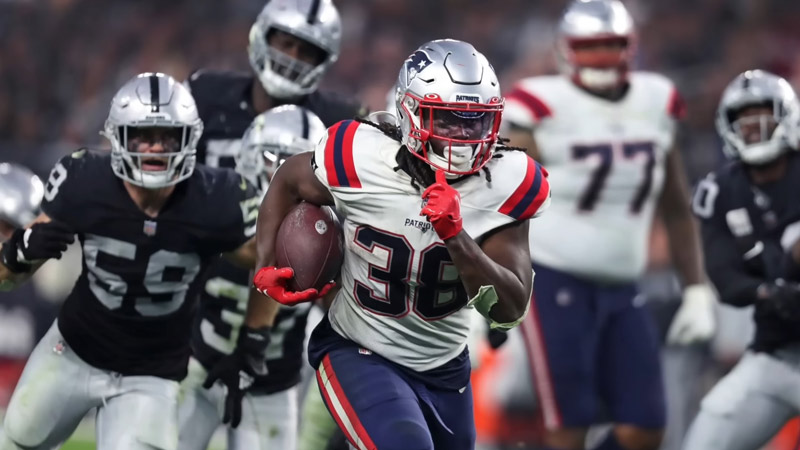
The Statue of Liberty play in American football has a historical background rooted in creativity and strategic innovation.
Here’s an elaboration with key points:
Origin and Early Adoption (Early to Mid-20th Century)
The play’s roots can be traced back to the early to mid-20th century when football coaches explored inventive ways to outsmart opposing defenses.
Coaches sought plays that could exploit the element of surprise, catching the defense off guard.
Innovation and Creativity
The Statue of Liberty play exemplifies the creativity of football strategists who aimed to incorporate deceptive maneuvers into their playbook.
Coaches aimed to design plays that would mislead the defense and create opportunities for big gains.
Evolution of Trick Plays
The play is part of a broader category of trick plays, which includes other deceptive tactics to gain an advantage on the field.
As football evolved, coaches continuously looked for ways to introduce unpredictability into their offensive schemes.
Iconic Pose and Naming
The play gets its name from the iconic pose of the quarterback during the execution of the play, resembling the Statue of Liberty holding a torch.
The naming reflects the creative connection made between the play’s execution and the famous symbol of freedom and liberty.
Showcasing Skill and Precision
Successfully executing the Statue of Liberty play requires high skill and precision from the quarterback and the player receiving the ball.
Timing is crucial, and the players involved must be adept at concealing the ball until the last possible moment.
Cultural Impact
Over the years, the Statue of Liberty play has become ingrained in football culture as an emblematic trick play.
It’s often remembered as a symbol of the sport’s strategic depth and the constant pursuit of innovation on the field.
Continued Use in Modern Football
While football strategies have evolved, the Statue of Liberty play and similar trick plays continue to be employed, showcasing the enduring legacy of inventive tactics in the sport.
Coaches use these plays strategically, often saving them for critical game moments to capitalize on their surprise element.
Coaching Legacy
The play’s legacy extends to coaching manuals and discussions, which exemplify how ingenuity and unconventional thinking can shape football strategy.
Coaches and players alike study and learn from such plays to enhance their understanding of the game.
The historical background of the Statue of Liberty play in American football reveals its origins in a quest for strategic innovation, its evolution within the broader context of trick plays, and its enduring impact on the sport’s culture and tactics.
Strategic Analysis of Statue Of Liberty Play
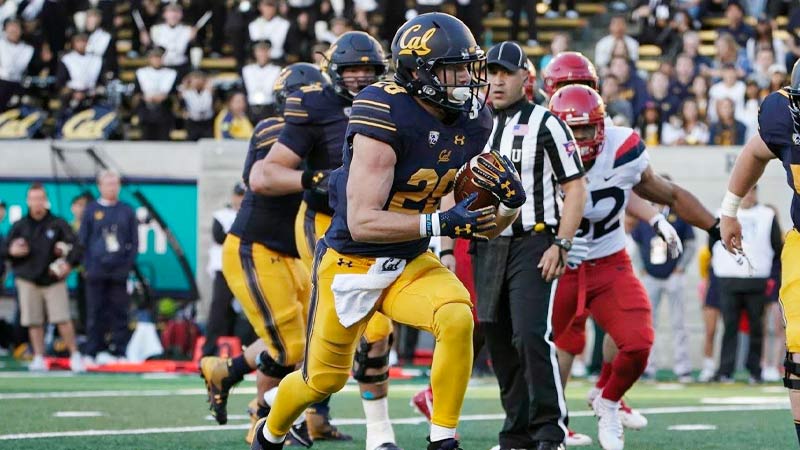
The Statue of Liberty play in American football is a strategically crafted maneuver designed to deceive the opposing defense.
A strategic analysis of the play involves examining its key components and understanding how it fits into a team’s overall offensive strategy.
Deception and Misdirection
The primary objective of the Statue of Liberty play is to deceive the defense.
The quarterback’s fake pass motion draws defenders toward the anticipated passing route, creating an opening for the running back or another player to receive the ball unnoticed.
Misdirection is a powerful strategy in football, as it manipulates the defense’s expectations and positioning.
Timing and Precision
Successful execution relies heavily on precise timing between the quarterback and the receiving player. The quarterback must convincingly fake a pass, and the recipient must seamlessly accept the handoff.
The split-second nature of the play demands rigorous practice and coordination among players.
Exploiting Defensive Aggression
The play capitalizes on the natural aggressiveness of defenders in response to a perceived passing threat.
As defenders commit to covering potential receivers, they may neglect the running back or player receiving the ball behind the scenes.
By exploiting the defense’s reaction, the offense creates a vulnerability that can be exploited for significant yardage.
Strategic Timing in Game Situations
Coaches strategically deploy the Statue of Liberty play at opportune moments, such as critical downs, red-zone situations, or when facing a particularly aggressive defense.
Surprise is a crucial element, and using the play sparingly enhances its effectiveness.
Adaptability and Variations
Successful teams often incorporate the Statue of Liberty play variations, adapting it to their offensive scheme and personnel.
Variations may involve incorporating additional fakes, lateral passes, or even unexpected passes downfield, keeping the defense guessing.
Risk and Reward
Like any trick play, the Statue of Liberty carries inherent risks. A mistimed execution or a well-prepared defense can lead to turnovers or losses in yardage.
Coaches must weigh the potential rewards against the risks and consider the skill level of their players when deciding to incorporate such a play.
Psychological Impact
Beyond its immediate impact on the field, the play psychologically affects both teams. Successfully executing a trick play can demoralize the opposing defense while boosting the offense’s confidence.
Defenses, on the other hand, become more cautious and less predictable in their responses when facing an opponent known for trick plays.
Strategic Integration within Offensive Schemes
The Statue of Liberty play is most effective when seamlessly integrated into a team’s broader offensive strategy.
It should complement other plays and formations, contributing to an overall unpredictable and dynamic offensive approach.
The Statue of Liberty play is a strategic gem in football, leveraging deception, timing, and the psychology of the game to gain a strategic advantage.
Its success hinges on meticulous execution, thoughtful deployment, and integration within a team’s overall offensive strategy.
Key Roles and Responsibilities of Players in Statue Of Liberty Play
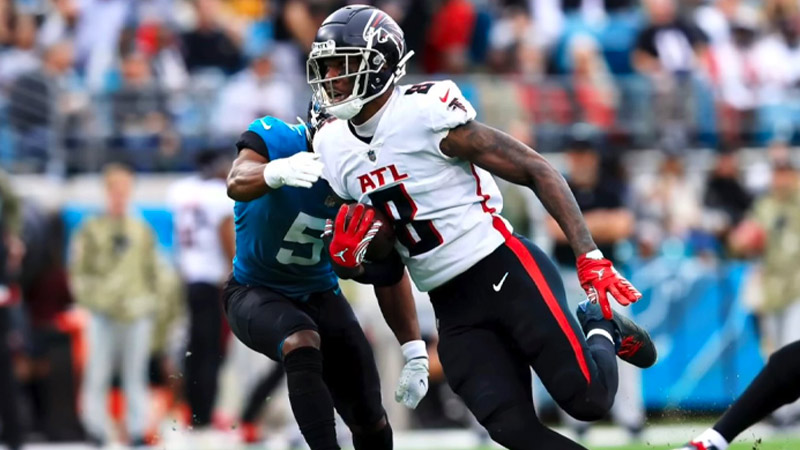
The Statue of Liberty play in American football involves specific roles and responsibilities for each player on the field. The play’s success relies on precise execution and coordination among the players involved.
Here are the key roles and responsibilities:
Quarterback (QB)
The quarterback’s primary role is to fake a pass convincingly. This involves executing a throwing motion as if preparing for a pass play.
Keep the attention of the defensive players focused on the perceived passing threat. This creates the necessary diversion for the running back or receiving player.
Running Back (RB) or Receiving Player
The running back or receiving player is the key recipient of the handoff. They must position themselves discreetly to accept the ball from the quarterback.
As the defense reacts to the perceived pass, the running back exploits the opening created in the defensive alignment, using their agility and speed to gain yardage.
Offensive Line
The offensive line plays a crucial role in providing protection for the quarterback during the fake pass. They need to create a pocket that allows the quarterback to execute the fake convincingly.
Once the handoff occurs, the offensive line must quickly shift from pass protection to run blocking, creating running lanes for the ball carrier.
Wide Receivers (WR) and Tight Ends (TE)
The wide receivers and tight ends on the side where the fake pass is executed need to run convincing pass routes, drawing defenders away from the play.
After the handoff, wide receivers and tight ends not directly involved in the pass route must transition to blocking mode, helping to clear the path for the ball carrier.
Entire Offensive Unit
The success of the Statue of Liberty play depends on the entire offensive unit working in harmony. Players must maintain cohesion in their movements to sell the deception to the defense.
If the defense reacts unexpectedly or adjusts quickly, the offensive players must be prepared to adapt, potentially turning the play into an improvised option.
Coaching Staff
Coaches are critical in deciding when to deploy the Statue of Liberty play. The play’s timing is strategic and often depends on the game’s flow and the opposing defense’s tendencies.
Coaches ensure that the play is practiced extensively in training sessions to achieve the necessary precision and timing required for success.
The Statue of Liberty play involves a well-orchestrated effort from the quarterback, running back, offensive line, and other skill-position players.
Each player has a specific role, and their coordinated execution is essential for the play’s success.
The play’s effectiveness relies on the quarterback’s deception, the ball carrier’s agility, and the blocking prowess of the offensive line and supporting players.
Controversies and Challenges Regarding Statue Of Liberty Play
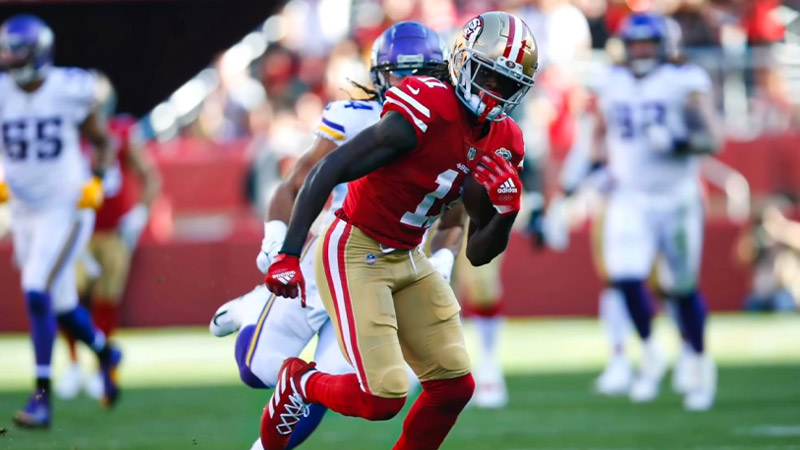
While the Statue of Liberty plays in American football and is known for its creativity and potential for success, it is not without controversies and challenges.
Some of the notable issues associated with this trick play include:
Risk of Turnovers
The deceptive nature of the play increases the risk of turnovers. If the defense reads the play correctly or if there is a miscommunication among offensive players, it can result in fumbles or interceptions.
Timing and Execution Challenges
Precise timing and execution are critical for the Statue of Liberty play’s success. The slightest mistiming or error in execution can lead to the play breaking down, diminishing its effectiveness.
Defensive Awareness and Preparedness
As teams become more aware of trick plays, including the Statue of Liberty, defenses are better prepared to recognize and respond.
A well-coached defense may have strategies in place to counter such plays, reducing the element of surprise.
Overreliance and Predictability
If a team becomes too reliant on trick plays like the Statue of Liberty, it can make their offense predictable.
Opponents may study and anticipate these plays, making it easier for defenses to counter them.
Injury Risks
The play involves elements of deception and surprise, which can lead to unexpected collisions on the field. There is a risk of injuries, especially if defenders are caught off guard and react aggressively.
Pressure on Quarterback
The success of the Statue of Liberty play often depends on the quarterback’s ability to sell the fake pass convincingly.
Quarterbacks may face added pressure to perform this task under duress, particularly if facing a strong pass rush.
Reaction to Defensive Adjustments
Defenses may adjust their strategies in response to the Statue of Liberty play.
If coaches and players on the opposing team recognize the play early, they may adapt their defensive schemes to neutralize its effectiveness.
Historical Context and Sensitivity
The name “Statue of Liberty play” could potentially be seen as culturally sensitive or controversial in certain contexts.
It’s essential for teams and players to be mindful of the cultural and historical implications of names and terminology associated with plays.
Public Perception and Criticism
If the play fails spectacularly in a high-stakes situation, it can lead to public scrutiny and criticism. Fans and analysts may question the decision to use a trick play or the team’s overall strategy.
Rule Changes and Interpretations
Football rules and officiating interpretations can impact the effectiveness of trick plays.
Changes in rules related to blocking or player movements can influence the legality and success of plays like the Statue of Liberty.
Despite these challenges and potential controversies, the Statue of Liberty play remains a captivating element of football strategy, showcasing the ongoing tension between innovation and the risks associated with unconventional tactics on the field.
Coaches must carefully weigh the potential benefits and drawbacks when incorporating such plays into their game plans.
FAQs
What does the Statue of Liberty play in American football?
The Statue of Liberty play is a deceptive trick play where the quarterback fakes a pass, concealing the ball behind their back.
Meanwhile, a running back or another player receives the hidden handoff, exploiting the defense’s reaction for potential yardage gains.
When is the Statue of Liberty play typically used?
Coaches strategically deploy the Statue of Liberty play in specific game situations, such as critical downs, red-zone scenarios, or when facing an aggressive defense.
Its surprise element is most effective when used sparingly.
What are the main challenges associated with the Statue of Liberty play?
Challenges include precise timing and execution, defensive awareness, the risk of turnovers, and potential injury risks due to unexpected collisions.
Overreliance on trick plays can make an offense predictable, and defenses may adapt to counter such plays.
Why is it called the “Statue of Liberty” play?
The play gets its name from the iconic pose of the quarterback, resembling the Statue of Liberty holding a torch.
This naming reflects the creative connection made between the play’s execution and the famous symbol of freedom and liberty.
How can teams counter the Statue of Liberty play defensively?
Defenses can counter the Statue of Liberty play by staying disciplined, recognizing the quarterback’s fake pass, and maintaining coverage on potential receivers.
Coaches may employ film study and practice defensive strategies to minimize the play’s effectiveness, emphasizing disciplined reactions from players.
Wrapping Up
In the dynamic realm of American football, where strategy and innovation converge, the Statue of Liberty play is a testament to the sport’s ingenuity.
This deceptive play, rooted in creativity and misdirection, continues to captivate fans and challenge defenses.
As we dissected its roles, navigated controversies, and acknowledged the risks, it became clear that the Statue of Liberty play embodies the delicate dance between surprise and execution.
Coaches weigh its potential rewards against pitfalls, emphasizing the need for precision and adaptability.
Its cultural resonance, strategic evolution, and ongoing quest for inventive tactics make the Statue of Liberty play not just a moment in a game but a symbolic representation of football’s ever-evolving landscape.
As the sport progresses, this play remains a shining example of how calculated risks and strategic artistry can shape a game’s narrative.

